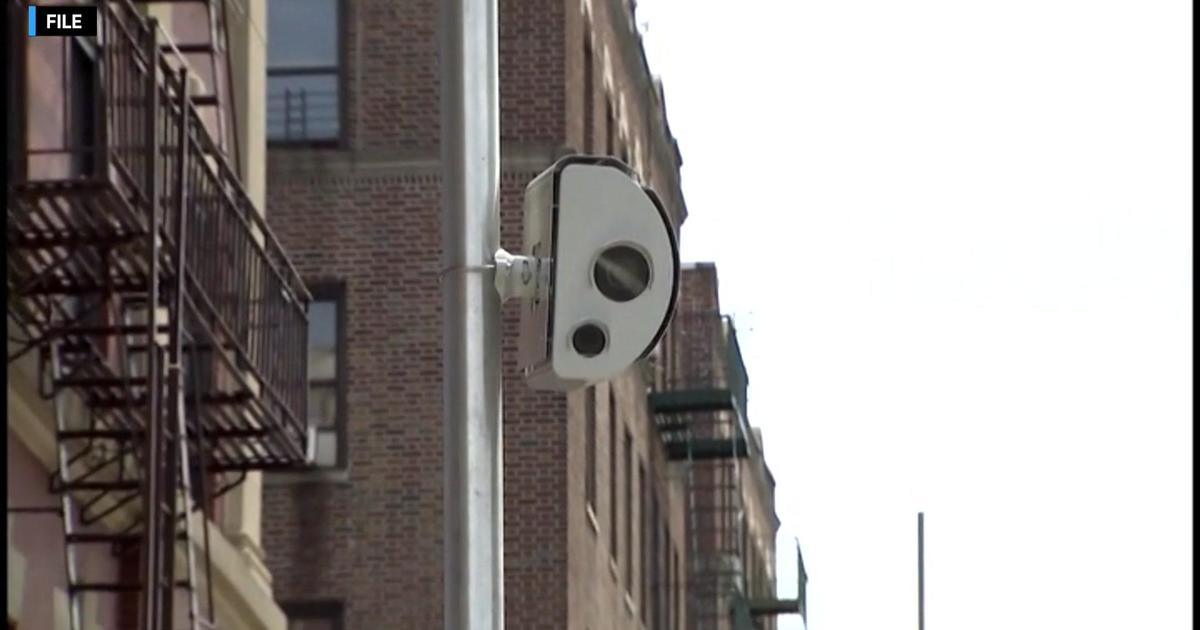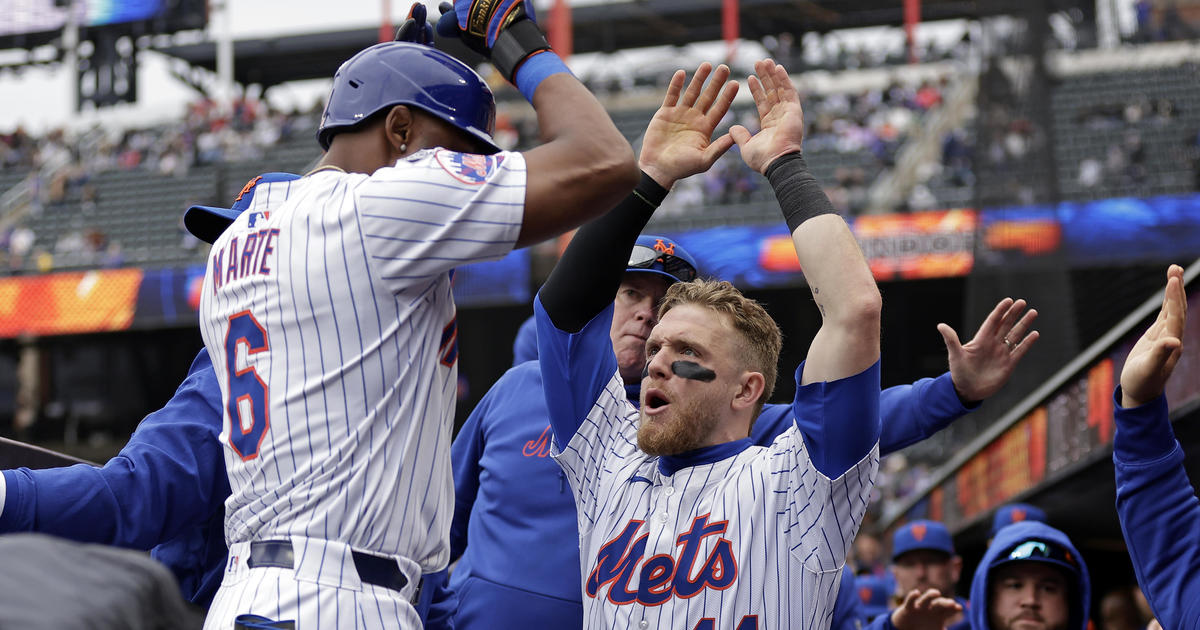Injury Breakdown: Jim Leonhard And The Ruptured Patellar Tendon Club
By Abby Sims
» More Columns
Jets safety Jim Leonhard is the newest member of the NFL's ruptured patellar tendon club, after suffering the injury in last Sunday's victory over Kansas City. As expected, surgery will end Leonhard's season, the second consecutive year that injury has shut him down early. Last year he fractured his right tibia (leg), the same side injured this week.
Arizona Cardinals' rookie, and second round draft pick, Ryan Williams, has been sitting out the entire 2011 season with a right patellar tendon rupture that he sustained during a pre-season game. Only 20 years old at the time of his injury, Williams is missed on a Cardinals team that has been rebounding from a rough start and might be playoff bound if he'd been out there.
Last year's victims of a torn right patellar tendon included Nate Allen, a rookie safety on the Eagles who was injured in December of 2010, and Clint Sintim, Giants linebacker, who was sidelined during a pre-season game.
Interesting that all the injuries were on the right side…
The patellar tendon is a part of the extensor mechanism of the knee and it serves to connect the patella (kneecap) to the tibia (larger bone of the lower leg). The extensor mechanism acts to straighten (extend) the knee, and is also comprised of the four quadriceps muscles of the front of the thigh, the quadriceps tendon (which attaches the quads to the patella), the ligaments that help to stabilize the patella (by providing a connection to the femur (thigh bone) above and to the tibia below), and also by other soft tissues on either side that help stabilize the patella and other structures of the knee.
Patellar tendon ruptures are relatively rare and they occur most often in people younger than 40 (most are in their teens or twenties). Ruptures can either be partial or complete. Complete ruptures should be surgically repaired quickly in order to enable the tendon to be sutured end-to-end. This also optimizes outcome. Waiting would result in retraction of the tissue and make a repair more difficult. The upper (proximal) portion of the patellar tendon ruptures more often than the lower. Some of these proximal ruptures pull a piece of bone away from the lower part of the patella; this type of injury is called an avulsion of the patella. It has been noted that African Americans have a greater predominance of patellar avulsions than other groups.
A complete rupture of the patellar tendon renders the quadriceps helpless, making it impossible to straighten the knee. A partial rupture makes extension difficult and is likely to make it impossible to straighten the knee through the end-range of motion.
Post-operative rehab is (as coaches say about almost everything), a process. Controlling pain and swelling in the initial phase, while also addressing mobility of the scar and surrounding soft tissue is crucial. Care must be taken to protect the repair and avoid stretching the sutured tendon too quickly, while ultimately restoring full range of motion – thereby enabling the knee to bend. Weight bearing is gradually resumed and assistive devices (crutches and canes) are eliminated once the extensor mechanism is strengthened sufficiently to fully support ambulation without significant gait abnormalities. Muscle strengthening, flexibility and endurance, as well as overall mobility and agility are all a part of rehabilitation.
A study on the recovery of NFL players who suffered patellar tendon ruptures concluded that the injury occurs most often with eccentric overload* of the extensor mechanism. It also noted that anterior cruciate ligament (ACL) tears occasionally accompany patellar tendon ruptures in the NFL, and that players without complications from other injuries generally return to play the following season. The study also found that players who'd been chosen earlier in the draft were more successful in returning to play.
- An eccentric muscle contraction is one when the muscle is actually lengthening while it is working. An example would be the second phase of a biceps curl when the elbow is straightening, thereby lengthening the biceps while the muscle works against gravity (and added weight) to slowly return the arm to its resting position.
Follow Abby on Twitter @abcsims



